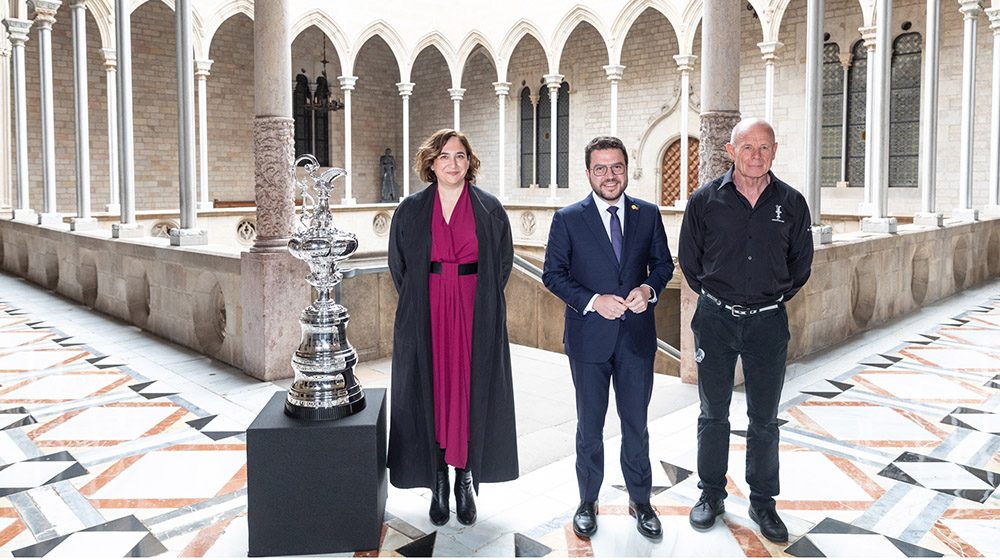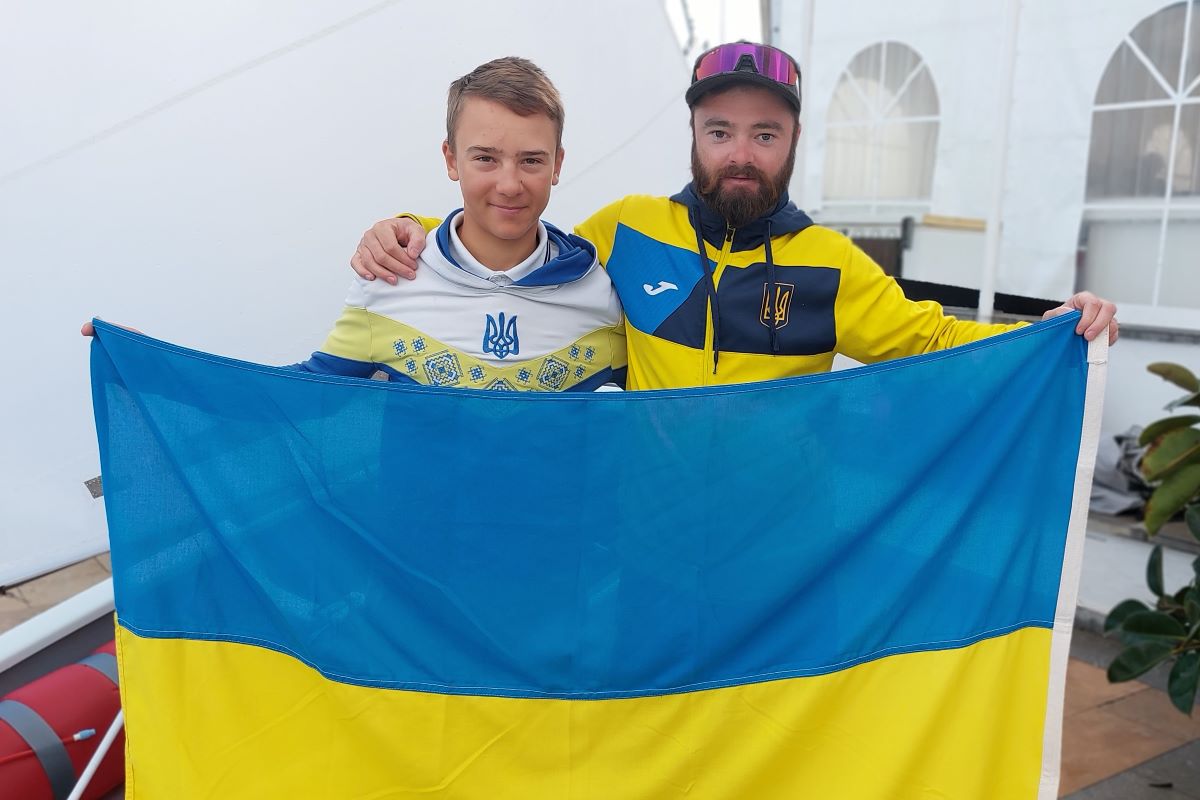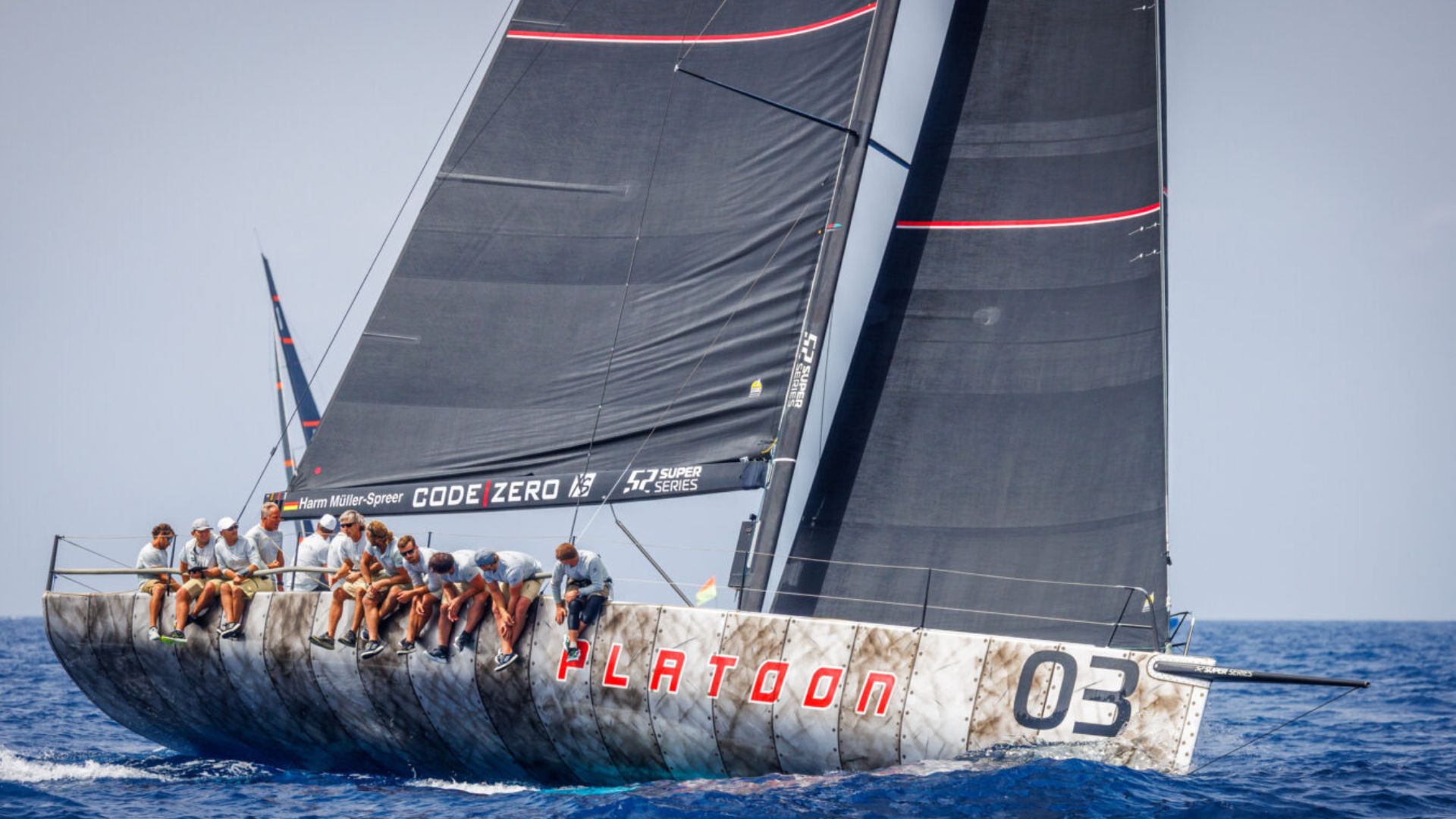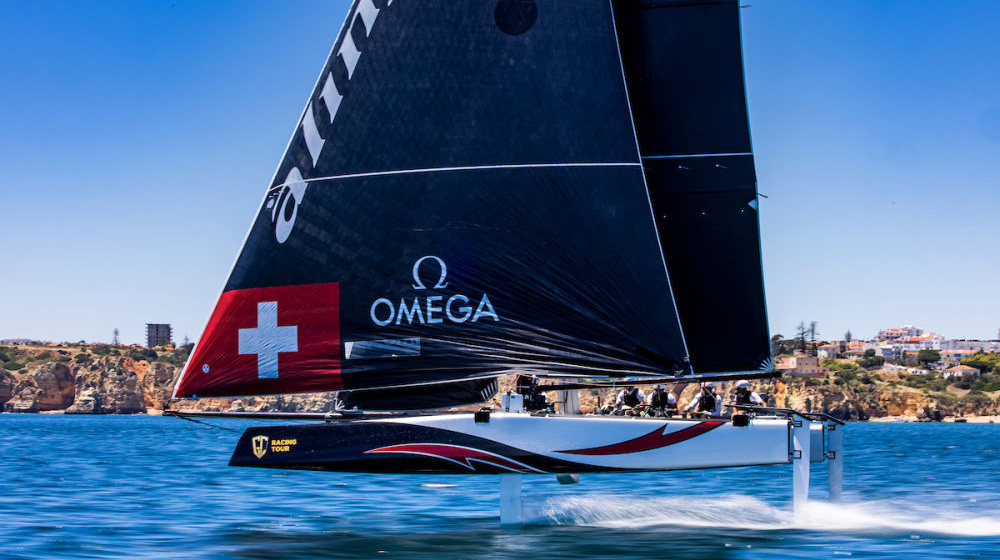
Learn the F50 crew roles from SailGP
Have you wondered what is the difference between the Flight Controller and the Wing Trimmer?
The cutting-edge F50 catamarans from SailGP are a dream for many elite athletes and nothing like they have ever practiced with before. Phil Robertson already said that, despite sailing expertise, new team members require tough practice on how to navigate on an F50 catamaran.
Reaching speeds of nearly 100 km/h (62 mph), the crew has to be at the top of their game to race the F50. Do you know what their roles are onboard the boat to ensure it flies across waves?
Japan SailGP Team Driver Nathan Outteridge offers a brief explanation on the roles on the F50.
The Driver
“The main thing the Driver does on the boat is make the decision where to go on the racecourse. They communicate to the crew what the plan is.”
He adds that most of the skippers of the team are involved in the logistics of the event. Skippers are in charge of assuring the crew and the boat is safe as well as ensuring it complies with the rules and regulations of the event.
Although it is easy for drivers to get involved with everything that is going on onboard, they need to focus on the job at hand and not be distracted.
The Flight Controller
“The Flight Controller is responsible for keeping the boat in the air. Every time the boat touches the water is a time the Flight Controller has made a mistake.”
As demanding as this might seem, there is a good cause for it. As the F50 catamarans are designed to foil (for the least resistance with water), flight controllers use a control unit, similar to a Formula steering wheel, where critical adjustments are accessible: the daggerboard rake, board up and down, wing inverter…
Flight controllers anticipate changes in wind strength and dynamic forces to avoid the catamaran from touching the water and not lose its speed. A good relationship with the Driver and Wing Trimmer is crucial to make sure the boat is going quickly.
Wing Trimmer
“The Wing Trimmer needs to have a really good understanding of how to generate power, and how to distribute that power on the boat”
Wing Trimmers need to put the wing in the right shape to control its power and be able to gain speed. They need to communicate constantly with the driver to understand what the course is and how to place the wings in order to get there as soon as possible.
From its cockpit, they can also access buttons for trimming the foils. Moreover, he regulates the inclination of the foil downwind at the time the driver crosses to the other side.
The Grinder
“At the front of the boat we have two Grinders positioned. One Grinder faces forward and one Grinder faces backwards. Both of the Grinders at the front are turning the handle for the winch to make sure we can trim the wing sheet as effectively as possible.”
Grinders duties involve operating these manual winches, also referred to as coffee grinders. These raise and trim the sails and move the boom. This is a physically demanding role with a significant impact on the outcome of the race.
They need to make sure they understand what the Wing Trimmer needs in terms of amount of energy, as well as be brave as one of them is going round the racecourse extremely fast facing backwards. This is why Outteridge says “he has to have a lot of trust in the guys behind him.”
To learn more about the crew roles on the SailGP cutting-edge F50s, watch the following video:
The San Francisco Sail Grand Prix presented by Mubadala will begin its fleet races at top speed on the 26th of March. If you liked this article don’t forget to follow us on Instagram, Facebook and Twitter and read more exciting news over here.
Source SailGP













_v2.svg)
_v2.svg)









_v2.svg)


